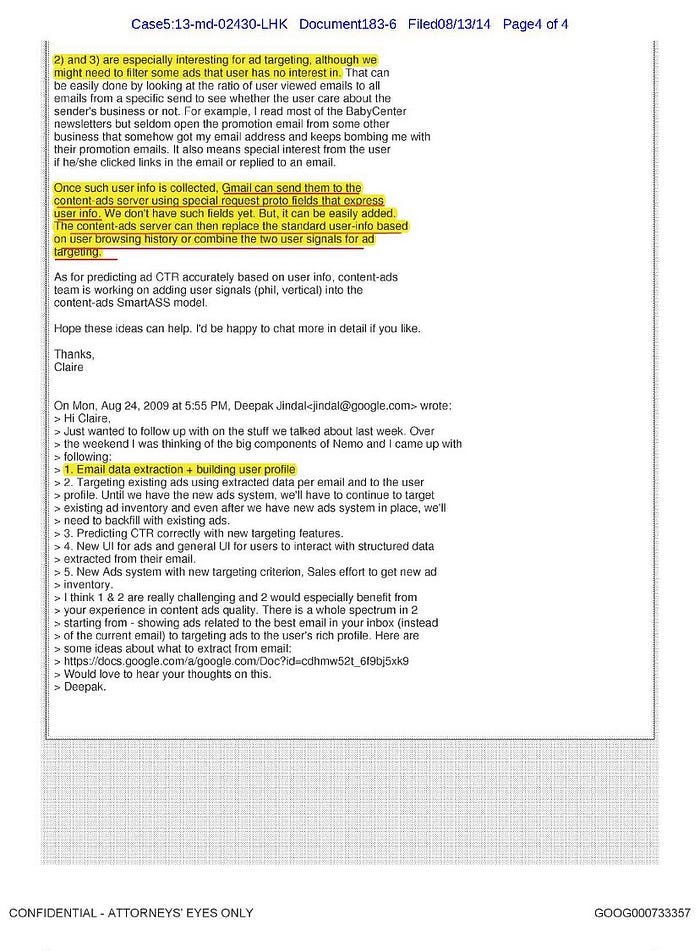The FBI began investigation Elton Simpson, one of the 2 shooters in Garland, Texas. The other shooter is Nadir Soofi. They were roommates in Phoenix. Nadir Soofi graduated from the University of Utah and the International School of Islamic Studies in Pakistan. He was a Palestinian sympathizer and published anti-police propaganda.
The FBI paid an informant to gather information on Elton Simpson going back to 2006 and used wires to record conversations. The case was proven (trial memorandum here) as Simpson was well connected to al Shabaab and Simpson had purchased a ticket to travel to South Africa and had a visa to do so.
The case against Elton Simpson, nom de guerre, Ibrahim failed to gain any sentencing other than probation from an Arizona judge, Mary H. Murguia. She is a Clinton appointee and has a twin sister who is president of La Raza.
Hold on there is more. Not only is the Obama administration aggressively resettling refugees in America from Syria, Kenya, Iraq but the worst is Somalia. This speaks to real failed foreign policy. In fact Kenya just received $45 million for refugees. If you think there is a problem controlling the insurgency at the Southern border, this Refugee/Asylum problem is much bigger.
So, while the two dead Islamists from Arizona that were shot by a single officer in Garland, they were not refugees but lived with them in an apartment complex in Arizona, one of many across the country that are part of an approved contracted system by Health and Human Services in collaboration with the U.S. State Department. There is likely one in a town where you live.
Here is what you need to know.
The Garland shooters lived at Autumn Ridge Apartments in Phoenix, Arizona. That complex is owned by BH Management which holds properties across the country and works in tandem with HHS. There are several communities in Arizona, which is the same model as in Iowa, Idaho, S. Carolina, Maryland…all heck every state. These locations are all part of the Obama administration.
Contractors
RRP supports and advances successful refugee resettlement through the coordination of public and private resources. Contractors are required to provide services in ways that respect the cultural and linguistic needs of clients.
Click here for a list of current contractors (47 KB PDF)
Federal Partners
Three federal agencies play key roles in the U.S. Refugee Resettlement Program.
Office of Refugee Resettlement (ORR) is responsible for the domestic program of refugee resettlement services – including cash and medical assistance and a broad range of social services.
ORR State Letters
Information for asylees seeking services supported by ORR is now available on the ORR website.
The U.S. Department of State coordinates resettlement policy, overseas processing, cultural orientation, transportation to the U.S., and the Reception & Placement program for newly arrived refugees.
The U.S. Department of Homeland Security determines which applicants meet the requirements for refugee status and are admissible to the United States under U.S. law
A “Refugee” is defined in the Immigration and Nationality Act as:
“…any person who is outside any country of such person’s nationality or, in the case of a person having no nationality, is outside any country in which such person last habitually resided, and who is unable or unwilling to return to, and is unable or unwilling to avail himself or herself of the protection of, that country because of persecution or a well-founded fear of persecution on account of race, religion, nationality, membership in a particular social group, or political opinion.”
Asylees, Cuban / Haitian entrants, certain Amerasians, Special Immigrant Visa holders and victims of severe forms of human trafficking are among the other humanitarian immigrants eligible for assistance and services under the Refugee Act.
Okay, sorry but there is more. You may need a seat belt for this.
Garland, Texas: There’s Some History Here
Last night a free speech event in Garland, Texas was attacked. As this is written, two suspects are dead. One security guard was shot and released from the hospital after treatment for a minor wound.
The event, the “Mohammed Art Exhibit and Contest,” was reported here by Breitbart and here by the Dallas Morning News. It was sponsored by Pamela Geller of the American Freedom Defense Initiative and featured keynote speaker Geert Wilders, a Dutch politician and free speech advocate. Both were safe, with Geller finally contacted by Fox News where she was interviewed by anchor Kelly Wright.
The AFDI event was proceeded by another gathering in the same venue — the Curtis Culwell Center — in January. That event? It was titled the “Stand with the Prophet” rally, and was reported here as follows by the Washington Free beacon. Wrote the Free Beacon:
Muslim leaders from across America will gather in Texas this weekend to hold the annual Stand With the Prophet in Honor and Respect conference, a weekend forum that is being billed as a “movement to defend Prophet Muhammad, his person, and his message,” according to event information.
The Saturday event, which seeks to combat “Islamophobes in America” who have turned the Islamic Prophet Muhammad “into an object of hate,” according to organizers, comes just a week after radicalized Islamists in France killed 17 people.
The victims died in events that began with the shooting attack on French newspaper Charlie Hebdo for its satirical cartoons that skewered the prophet.
Organizers of the event place the blame for Islam’s bad reputation on the media and so-called American Islamophobes who have “invested at least $160 million dollars to attack our Prophet and Islam,” according to the conference web page.
Keynote speakers at the event will include Georgetown University professor John Esposito, founding director of the school’s Prince Alwaleed Bin Talal Center for Muslim-Christian Understanding, which has come under fire for, among other things, hosting 9/11 Truthers and a member of Egypt’s Nazi Party.
Also scheduled to attend the forum is controversial New York-based Imam Siraj Wahhaj, who was an “unindicted co-conspirator” in the 1993 World Trade Center bombings trial. Wahhaj has called the FBI and CIA the “real terrorists” and expressed a desire for all Americans to become Muslim, according to the New York Post.
The “Stand With the Prophet” event was, in typical American style, protested by the AFDI free speech group, as announced here at the time on the Jihand Watch site of Robert Spencer. The site published a press release from AFDI that said in part of the protest:
NEW YORK, January 13: The human rights advocacy group the American Freedom Defense Initiative (AFDI) today announced that it will be holding a demonstration in defense of the freedom of speech on Saturday, January 17 in Garland, Texas, outside a conference on “Islamophobia” that seeks to stifle opposition to jihad terror and restrict the freedom of speech, working to further the same Islamic law that led to the Charlie Hebdo jihad massacre.
… AFDI President Pamela Geller said in a statement: “Saturday’s Stand With the Prophet event seeks to combat ‘Islamophobes in America’ — in line with Islamic supremacist groups’ longstanding objective of defaming, smearing and marginalizing anyone who opposes the jihad agenda. They say they want to defend Muhammad — which means to silence those who notice that defenders of Muhammad just murdered sixteen people in Paris, and tens of thousands worldwide since 9/11.”
“Our AFDI rally,” Geller added, “will stand for the freedom of speech against all attempts, violent and stealthy, to impose Islamic blasphemy laws on Americans and stifle criticism of Muhammad and Islam. As Muhammad’s followers kill more and more people, we need critics of him more than ever — and free people need to stand up against these underhanded attempts to stifle all criticism of Islam, including honest investigations of how jihadists use Islamic texts and teachings to justify Jew-hatred, violence, supremacism and oppression.”
Sunday night, the AFDI counter-event was held. In the same place. The event was described as follows by Breitbart:
Pamela Geller is planning a “Draw the Prophet” event in Garland, Texas in the same location as a Muslim group held a “Stand with the Prophet” conference in January. The First Annual Muhammad Art Exhibit and Contest will be hosted by the Curtis Caldwell Center, which is owned and operated by the Garland Independent School District.
And up pulled a vehicle with two gun-wielding men, both now dead at the hands of the Garland police. Police were investigating whether there was a bomb in their vehicle, thus far with none found.
Contacted amid the chaos by Fox News, among other things Geller noted what one would think is the obvious: “A free speech conference is not controversial, shooting people is controversial…” As she also pointed out, that when the image of Jesus Christ on the cross is immersed in a jar of urine and presented as “art” in America — no one seeks to kill the artist.
Exactly.
It is impossible to look at this shooting as anything else than an attempt on Ms. Geller’s life and that of Geert Wilders, the founder of the Dutch Party for Freedom that has won seats in the Dutch parliament. As the attack unfolded, Geller said, audience members stood and sang “The Star-Spangled Banner.”
Question? Is this America anymore? Or is this now to be government by lynch mob? Whether in Baltimore or Garland, Texas?
And what will President Obama say? Will he stand up for the free speech of Americans? Not with some mealy mouthed if-this-than-that attempt at moral relativity — but with flat out, stand-up support for the Constitution and the right of free speech? News reports say the Garland police were prepared in case this kind of thing happened — but the question really should be: Why should police or anyone else have to prepare for a murderous assault on a free speech event?
The “Stand With the Prophet” rally participants had a right to hold their rally — just as the people of Baltimore had a right to peacefully protest the death of Freddie Gray. But no one has the right to burn and loot private property, much less to attack a peaceful event with the intent of killing the participants — in this case targeting Pam Geller and Geert Wilders.
When reached last night by Fox Pam Gellers said something else: “This is our most basic right…. [Now] this is a war… it’s here. It’s not Paris, it’s not Copenhagen — it’s Texas.”
And so it is. The question now is whether the American people — and the President of the United States — will sit by quietly and not speak out. The Islamists don’t get to judge.
*** Free Speech Matters:






